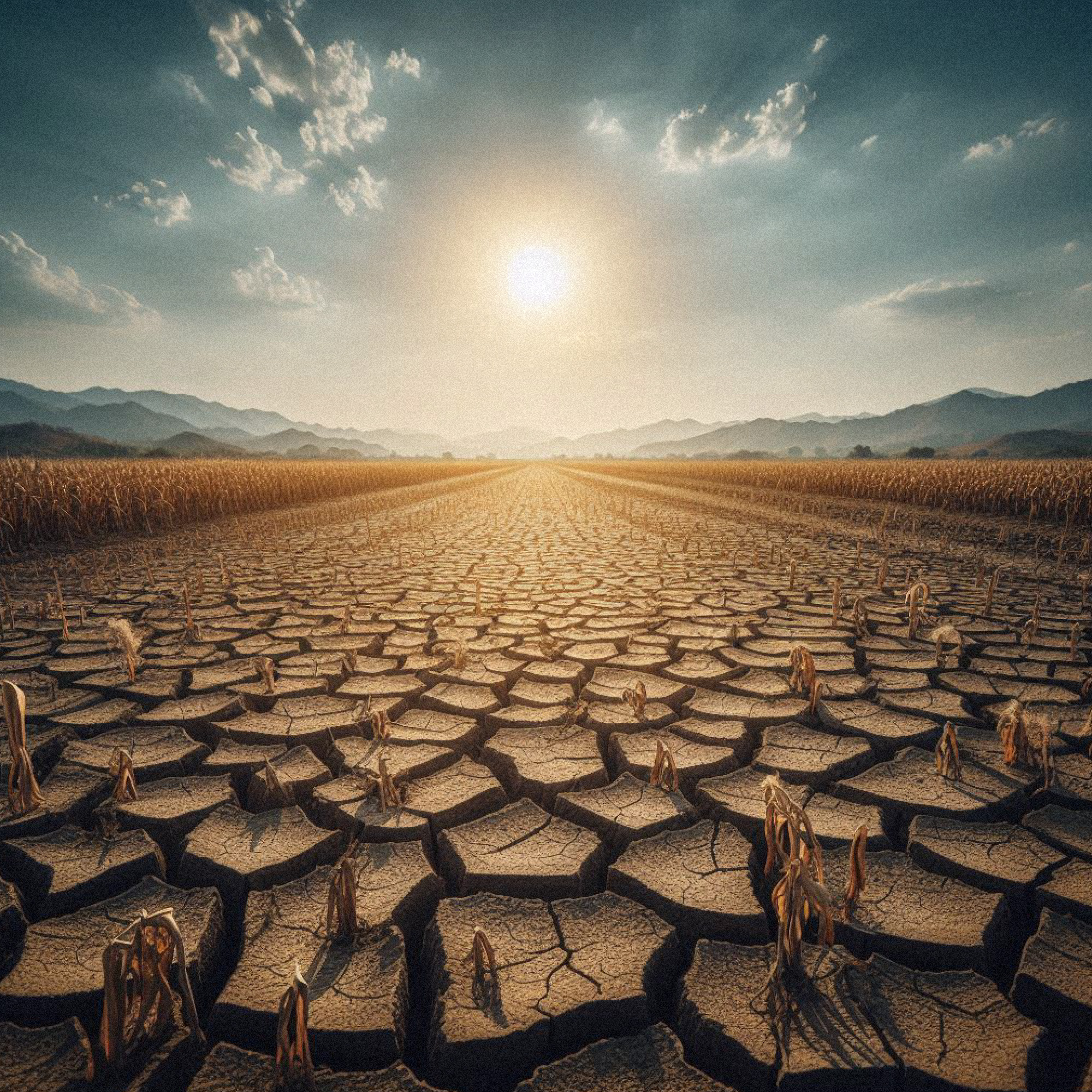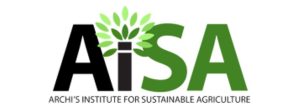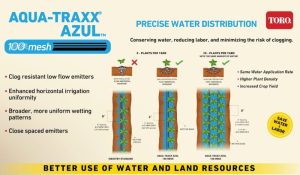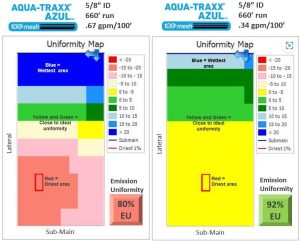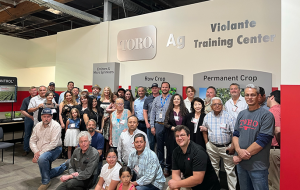In today’s farming landscape, growers face more challenges than ever before. Droughts, floods, climate change, resource constraints, and tightening regulations are all putting a squeeze on farming operations. The work is demanding, and the stakes are high making every decision crucial for your bottom line and long-term sustainability. Efficient water management has never been more essential, yet it’s increasingly complex. Adding to the mix, new technologies offer a dizzying array of solutions, from drones to sensors, all promising to enhance how you manage water and nutrients.
Before you jump into these innovations, it's worth taking a step back to assess: is your current irrigation system truly up to the task?
You’ve invested in drip irrigation with the goal of achieving uniform water and fertilizer distribution across your entire crop, even in extreme topography and layout conditions. Now, as you consider further investments to take your system to the next level, the sheer number of choices and the need to ensure everything is working as it should feel overwhelming. That’s why it’s crucial to take a step back—assess your current system before making any further investments. Assess before you invest! That’s where Toro Ag can help. We understand the importance of ensuring your system is optimized and up-to-date, so you only invest where it truly counts, ultimately leading to maximized savings and increased productivity.
Start with a Solid Foundation:
If your goal is to optimize your irrigation system for maximum productivity, whether through manual or automated scheduling, the first step is clear: assess the current performance of your system before considering any new investments in technology. It’s likely that your system could benefit from a tune-up or even a complete retrofit, and until it’s operating at peak efficiency, investing in new tech won’t deliver the results you’re aiming for. The most advanced data and software tools for scheduling irrigation are useless if the system itself is in disrepair. Similarly, even a perfectly uniform system won’t perform as expected if it’s not scheduled correctly, whether manually or automatically.
Maximize Efficiency: Expert Tools and Support for Optimal Irrigation
Toro Ag offers invaluable support in evaluating and enhancing your irrigation system by connecting you with experts for in-field evaluations, helping to ensure that your system is performing at its best. These evaluations focus on measuring Distribution Uniformity (DU), a critical factor in how evenly water is distributed across your fields, directly impacting your ability to conserve water and maximize its efficiency.
Additionally, Toro’s FREE AquaFlow Design Tool calculates the Emission Uniformity (EU) of your existing system, providing a clear analysis of its efficiency and highlighting areas where water savings can be maximized. Achieving an optimal DU of 90% or higher is essential for effective water management; anything less can lead to uneven irrigation, resulting in crop stress, wasted resources, and reduced productivity. Toro Ag’s in-field support, expert guidance and free comprehensive tools empower you to ensure that your system not only conserves water but also operates at peak efficiency ultimately improving crop health and maximizing resources for increased productivity.
Step 1: Maximize Irrigation Efficiency - Evaluate Your System’s Efficiency to Unlock Savings
Conducting a field evaluation is a crucial first step in optimizing your irrigation system. This process involves gathering detailed pressure and flow data from a representative block within your system, and it should include an assessment of critical components like filters and valves. The goal is to identify any areas where your system might be underperforming and to understand the financial impact of these inefficiencies.
Why is this evaluation so important?
Even the best irrigation systems can suffer from normal wear and tear, leading to issues like clogged emitters, leaks, and poor pressure regulation. These problems reduce your system’s Distribution Uniformity (DU), which directly impacts your water usage, energy costs, and ultimately, your crop yield and profitability.
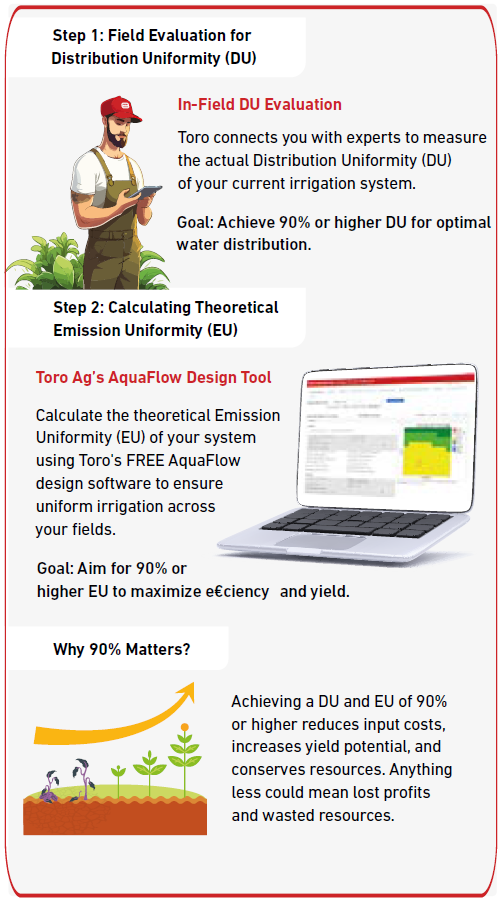
Distribution Uniformity assessments are time-consuming and typically performed by Resource Conservation Districts (RCDs), consultants, universities, or farm operations. Click here to find a local RCDs. Find Your Local RCD – California Association of Resource Conservation Districts (carcd.org).
Recent evaluations of thousands of California drip-irrigated farms revealed that nearly 60% had less-than-ideal DU, highlighting significant room for improvement.
To assist with these evaluations, Toro Ag supports the Distribution Uniformity and ROI Estimator program from the CURES – Coalition For Urban Rural Environmental Stewardship called The Irrigation System DU and ROI Estimator. This free tool enables technicians to quickly estimate your system’s DU, gather operational and economic data, and identify the root causes of inefficiencies. The economic impact of a poor DU cannot be overstated irrigators often compensate for disuniformity by over-irrigating, leading to unnecessary waste of water, energy, and fertilizer, while also sacrificing crop yield and quality.
Example:
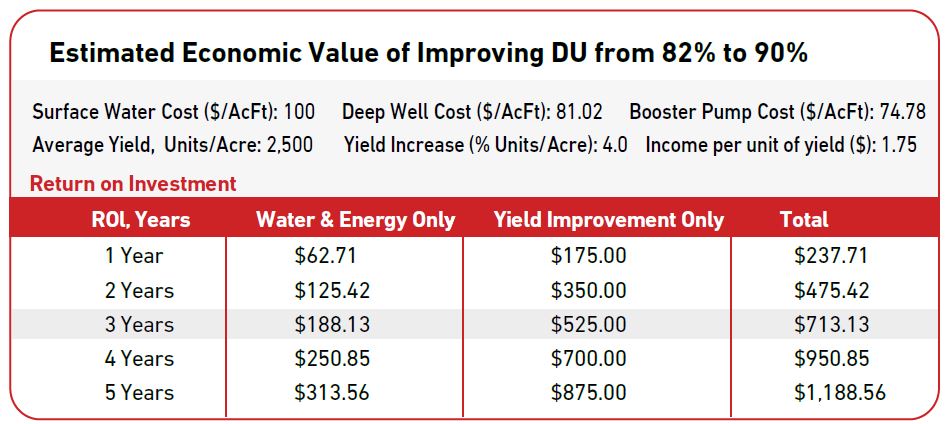
In this example, an almond orchard with a DU of just 82% could be losing $237.71 per acre per year. These funds could instead be redirected toward improving the system’s performance to 90%. With a three-year ROI horizon, an investment of up to $713.13 per acre (3 x $237.71) would be justified, potentially recovering $35,650.50 over three years for a 50-acre farm.
Investing in system improvements—such as repairs or upgrades—makes clear financial sense and enhances the overall efficiency and productivity of your operation. The DU Estimator tool is a valuable asset for technicians, enabling them to identify specific problem areas such as faulty valves, filters, or regulators.
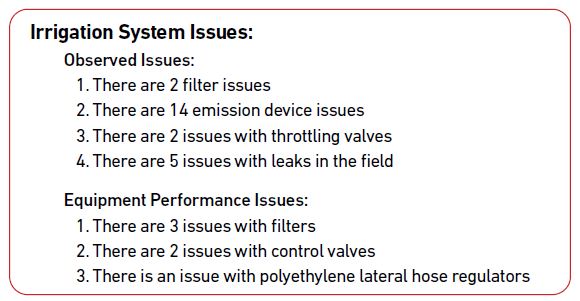
This detailed analysis empowers growers to make informed decisions about necessary upgrades, ensuring that their irrigation system operates at peak efficiency. Rather than continuing to absorb the financial losses associated with poor DU, investing in targeted system improvements is a far more cost-effective approach.
By guiding technicians to gather crucial data on the underlying causes of poor uniformity, the DU Estimator program not only helps pinpoint issues but also directs growers toward the right irrigation professionals who can implement the needed corrections. As the economic impact of poor uniformity often justifies the cost of these improvements, it’s clear that investing in system upgrades is a smarter choice than repeatedly losing money to inefficient operations and diminished crop yields.
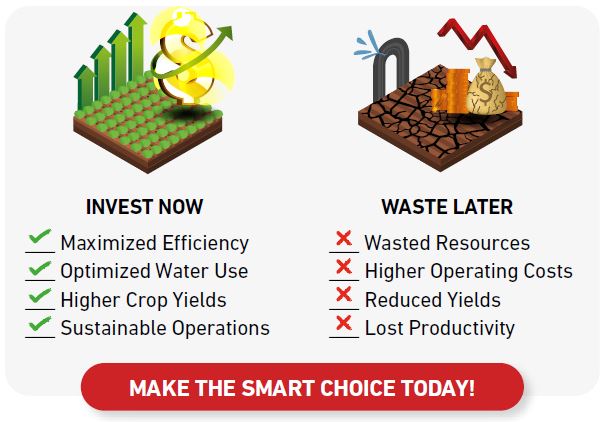
The bottom line is simple: it’s far better to invest in system enhancements now than to waste resources year after year on unnecessary expenses and lost productivity.
Step 2: Calculate to Optimize – Leveraging AquaFlow for Precision
To accurately determine your system’s theoretical Emission Uniformity (EU), Toro’s FREE AquaFlow Design Tool is an invaluable resource. While typically used for designing and laying out drip irrigation systems, AquaFlow Design Tool is equally powerful for assessing existing setups.
By entering details such as the emission device’s size, flow rate, and length of run, along with your irrigation block’s topography, submain sizes, and inlet pressures, AquaFlow calculates the theoretical Emission Uniformity. This calculation confirms whether your system, given its current equipment and layout, can achieve the desired uniformity.
A key feature of AquaFlow is its ability to convert these calculations into a color-coded Uniformity Map, offering a clear visual snapshot of how evenly water is distributed across your fields. On these maps, yellow and green tones represent areas receiving the targeted application rate, while red and blue tones highlight regions of under- or over-irrigation.

Using [Figure 1] as an example, the AquaFlow Design Tool illustrates uniformity maps for two different design scenarios that highlight possible drip tape selection errors. In this scenario Toro’s Sweet Spot drip tape with a 6/8” ID achieves a favorable theoretical Emission Uniformity of 90%, compared to Toro’s 5/8”. Aqua-Traxx drip tape, which results in an Emission Uniformity of only 81%, a 9% difference.
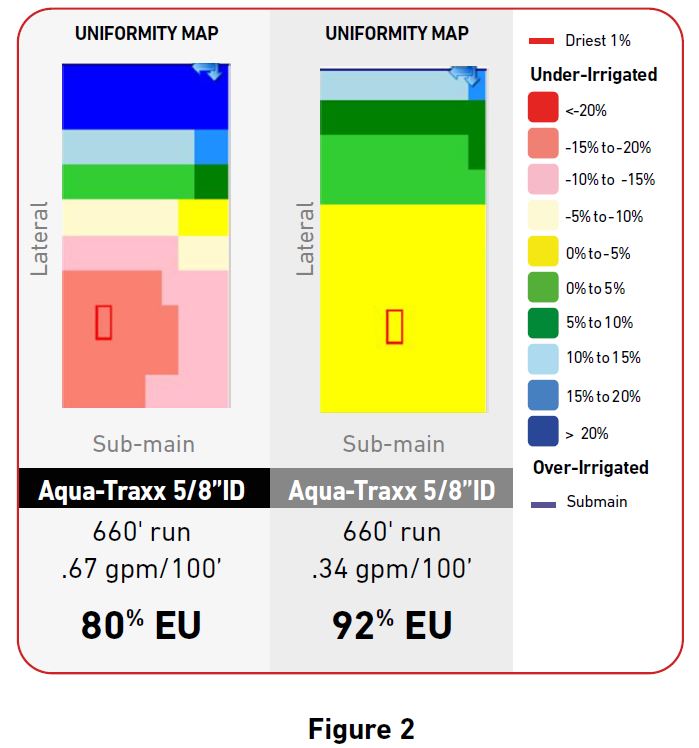
Figure 2 compares two flow rates for Toro’s 5/8” Aqua-Traxx: the higher 0.67 gpm/100’ flow rate provides a theoretical Emission Uniformity of 80%, while the lower 0.34 gpm/100’ flow rate achieves a much better Emission Uniformity of 92%, a 12% difference.
AquaFlow Design Tool highlights how these seemingly small differences can significantly impact your water and energy management, fertilizer costs, and overall yield.
These variations in EU could lead to up to 9% to 12% higher costs and, more importantly, lower yields—all because of incorrect drip tape size or flow rate choices during the design or replacement phase. This visual insight makes it easier to identify potential issues and make informed decisions about optimizing your irrigation system.
Why is it crucial to calculate your system’s theoretical Emission Uniformity?
It’s simple: small mistakes can lead to higher costs and reduced yields. For example, if the assessment shows an EU below 90%, it’s a clear signal that improving your existing system should come before investing in new technology. Minor issues, like using the wrong drip tape or changes in inlet pressure due to pump problems, can significantly affect your system’s performance. Fortunately, any Toro Ag dealer or representative can assist with this evaluation and provide retrofit recommendations to help you optimize your system.
Choosing the Right Drip Tape
Aqua-Traxx Sweet Spot
Sweet Spot is Toro’s 6/8” ID Aqua-Traxx tape offering, which provides an important alternative for applications where a 5/8” ID is too small, resulting in less-than-optimal uniformity, and 7/8” ID is too large resulting in unwanted runoff and unnecessary expense.
Aqua-Traxx Azul 100 Mesh
Aqua-Traxx Azul is Toro’s most clog-resistant drip tape, and it is built to perform with filtration as low as 100 mesh for medium flow emitters. This feature reduces clogging, saves money on filtration, and helps overcome farmer hesitation to use agronomically superior lower flow emitters that may have clogged in the past. For example, two lines of a lower flow 0.34 gpm/100’ may be used to improve lateral water movement in difficult soils instead of using one line of a higher flow 0.67 gpm/100’.
Avoiding these costly mistakes is simple— contact your Toro dealer or representative to run your numbers through AquaFlow Design Tool, or to connect with resources for an in-field DU analysis.

When you work with a Toro rep or dealer to input your own data into Toro’s FREE AquaFlow Design Tool, you’re not just calculating theoretical Emission Uniformity (EU)—you’re taking the first step toward maximizing your system’s efficiency and savings. But that’s not all. By participating in the challenge, you’ll receive personalized guidance from Toro experts, tailored recommendations for system improvements, and insights into how you can save on water, energy, and fertilizer costs. Plus, you’ll gain access to ongoing support to ensure your irrigation system is performing at its best. Don’t miss this opportunity to enhance your operations—take the challenge today!

